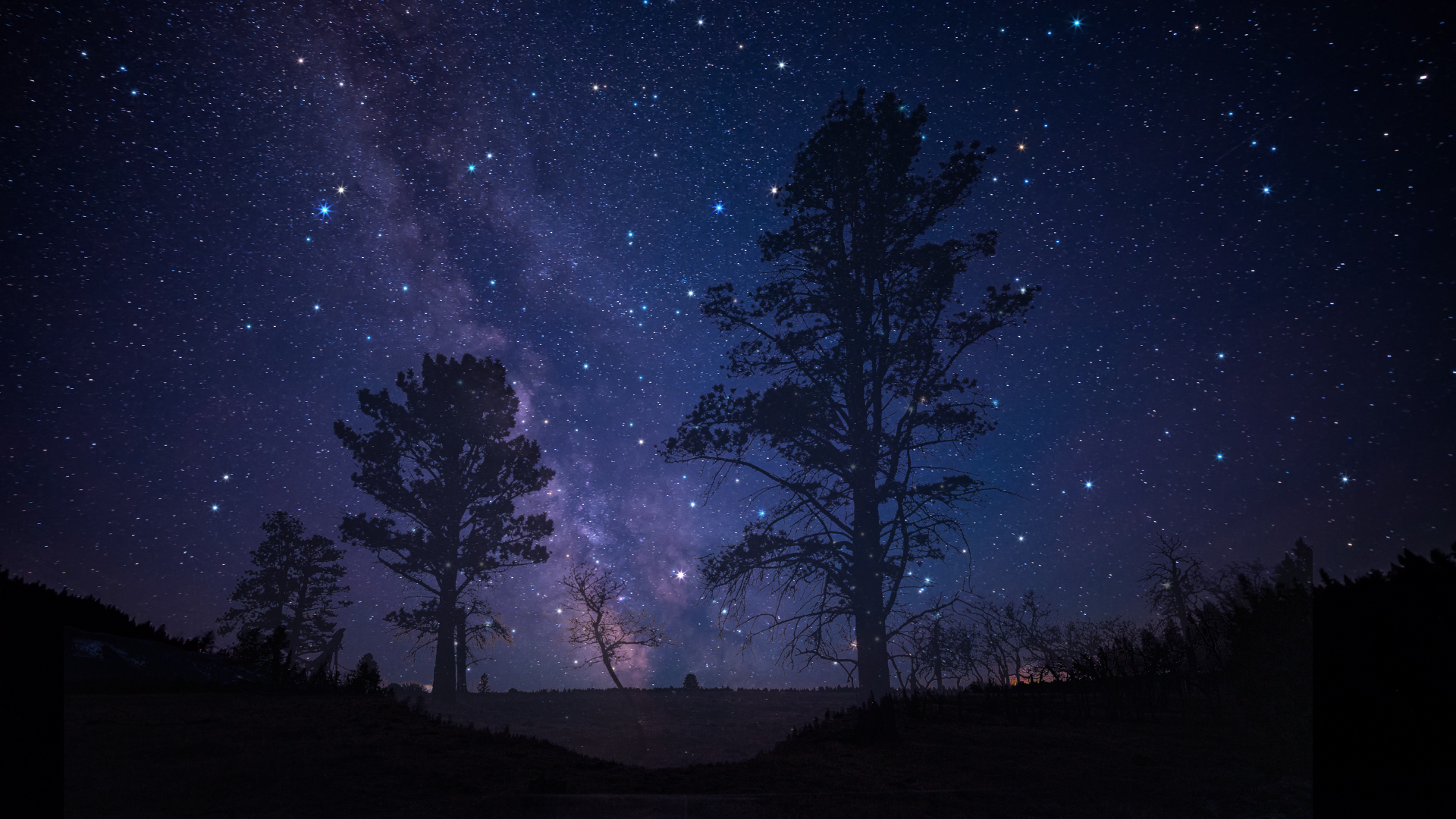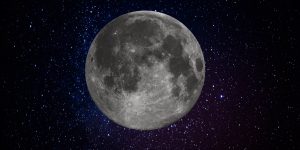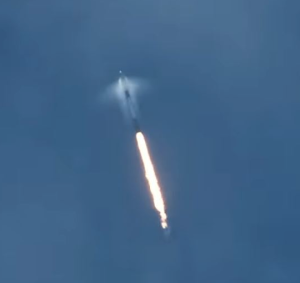Lyrid Meteor Shower – How to See It This April?
18th Apr 2023
The Lyrid meteor shower is an annual event as Earth moves through debris from a comet called C/186 Thatcher. In fact, it could be visible at any time between now and the end of April, but if you want to see the shower, your best chances are on the 22-23 of April, when the shower should hit its peak.
In 2024, the Lyrids will reach their maximum three days before the Full Moon, so the moonlight will likely outshine most meteors. But you still have a chance to witness them if you find a dark spot with clear skies for the best viewing.
You can view footage of the Lyrid meteor showers of 2022 to give you an idea of what the show should look like.
But how can you see the Lyrids in full flow?
Well, it is likely that the early hours of the morning are going to be the best time. Find a dark area with minimal light pollution if you can, and stay out there a while to let your eyes adjust. Lying down on the ground is recommended by Royal Museums Greenwich (use a blanket) but is not essential. If you do lay down or if you have a reclining deckchair, you can avoid a stiff neck the next day!
What Are The Lyrids?
The Lyrids were first recorded in 687 BCE when Chinese astronomers documented the shower, or in a rough translation of what had been written, “stars fell like rain”.
The Lyrid meteor shower gets its name from the fact that it looks like it is coming from the constellation Lyra. Actually, this isn’t the case and it is best to view the Lyrids away from Lyra, as they look much more impressive with longer tails.
The Lyrid meteor shower has been known to cause an “outburst” which means showers of up to 100 meteors every single hour, but a more common number is around 15 per hour. Nobody can predict how lively it will be, but even on the lower end of the scale it is an amazing sight.
Where to Look
To get the best view of the meteor shower, look in the area of the Big Dipper constellation.
The radiant point of the shower appears to be Lyra, which is northeast of Vega, which is easy to spot due to the fact that it is one of the brightest stars in springtime. This area doesn’t tend to give the meteors with the longest tails, but it can be a good anchor point for your meteor-spotting.
![Beauty of the Pink Moon And Lyrid Meteor Shower in This Week’s Best Astrophotos [19-26 April] Beauty of the Pink Moon And Lyrid Meteor Shower in This Week’s Best Astrophotos [19-26 April]](https://orbitaltoday.com/wp-content/uploads/2024/04/Pink-Moon-is-on-its-way-above-the-mountains-1-300x300.jpg)





Thank you for your comment! It will be visible on the site after moderation.